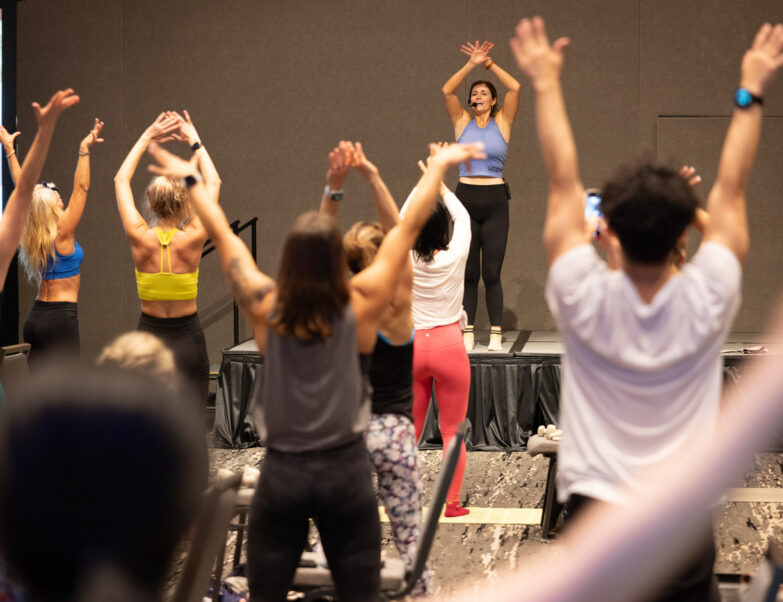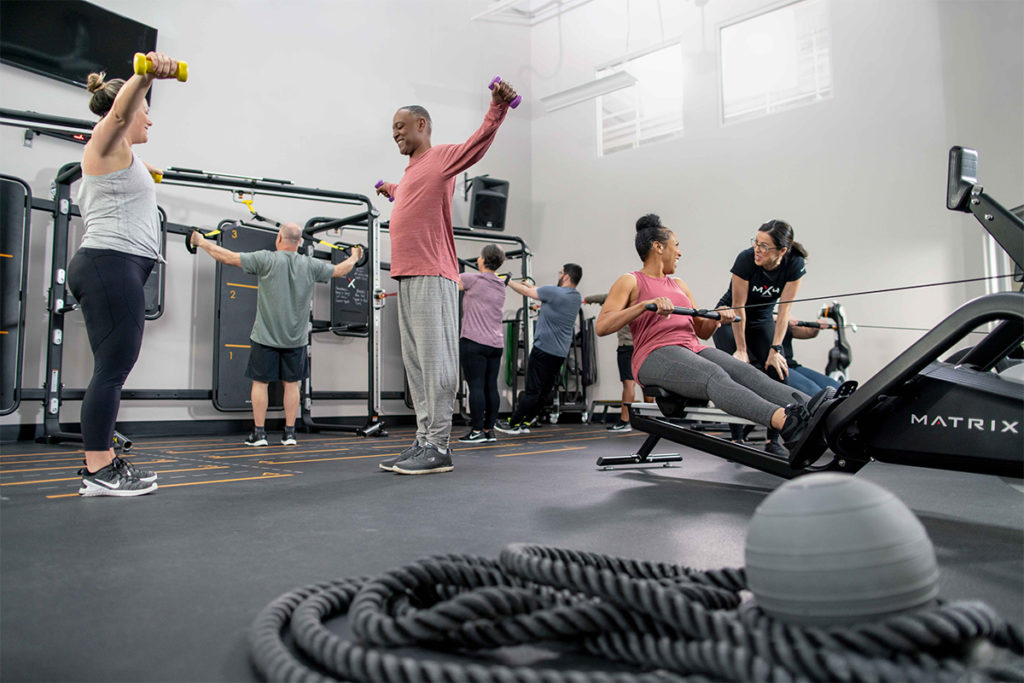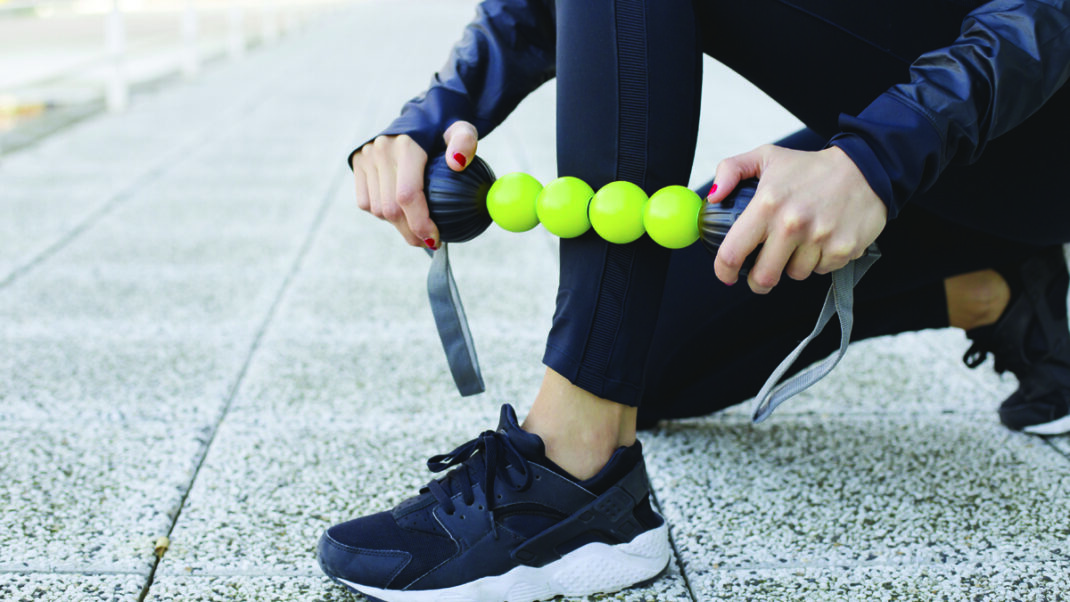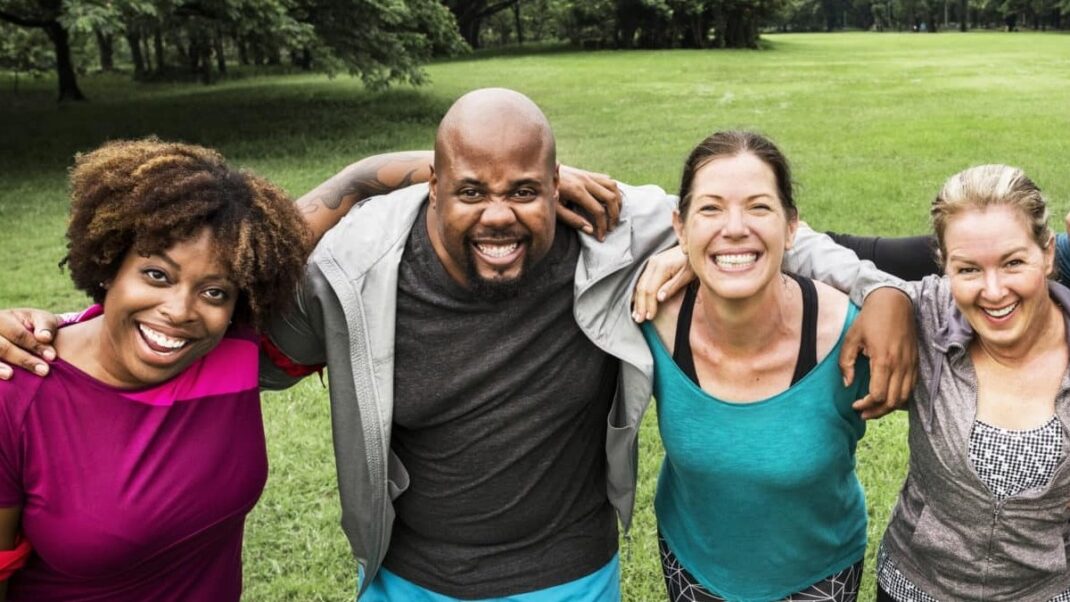Fix Your Feet With Pilates, Part One
Kathryn Ross-Nash discusses how to help your clients improve from the ground up.
Healthy feet are critical to good health. Although they are the foundation of the human body, many of us give little attention to their proper care. The American Academy of Orthopaedic Surgeons reports that 43.1 million people in the United States (1 in 6) have problems with their feet. Thirty-six percent regard these foot problems as serious enough to warrant medical attention (AAOS 2006).
Kathryn Ross-Nash, owner of American Body Tech Pilates Institute in New Jersey, addresses this important concern in her recent book, Fix Your Feet, Using the Pilates Method (2009). “The feet carry us many miles throughout our lives. Their structure is like the foundation of a building, and that means you don’t want the base of the building to be the weakest point. Therefore, we need to exercise the feet regularly to activate the bones, joints, tendons, ligaments and muscles. Functional, effective movement helps ease the enormous amount of wear and tear they receive daily,” she says.
Lifestyle Affects Our Feet
A 30-year fitness industry veteran, Ross-Nash believes that the foot is affected not only by the natural structure of the body but also by what we do professionally, by nutrition, by the shoes we wear and by the climate in which we live. “We have moved away from organic, natural movement. The foot was not created to be constantly strapped into shoes. Biomechanically, the foot was constructed to feel the earth’s varying terrain using proprioceptors for balance and stability.” She explains that the foot and ankle contain 26 bones (28 if the sesamoid bone at the base of the big toe is included), 33 joints and more than a hundred muscles, tendons and ligaments. “The construction of most shoes does not allow for the correct distribution of weight, and this problem is compounded by walking on flat surfaces much of the time.”
Ross-Nash says this weakens the supportive musculature and impedes proper shock absorption in the body. “It is like hitting the brakes in your car every time you take a step. So you need the right shoes with a flexible, protective sole in which you can wiggle the toes.” Ross-Nash, who has trained and worked closely with Romana Kryzanowska, as well as other first-generation teachers such as Kathy Grant and Jay Grimes, teaches her Pilates students that it is essential to work the foot as we would the rest of the body. She believes our modern, inactive lifestyle makes this imperative: “Our bodies no longer require us to do what they were built to do. Two hundred years ago, human beings were tilling the fields, hunting in the forests using the entire body, especially our feet, on a daily basis. We were created to move and, instead, we are physical beings stuck in a sedentary world,” she says.
Rules of Engagement
A Romana’s Pilates® level 2 trainer and a Feldenkrais® Guild Certified PractitionerCM, Ross-Nash affirms that Pilates is an excellent method, not only for helping to correct foot problems, but also for increasing ankle stability, flexibility, alignment and propulsion in healthy individuals. However, she cautions that people need to learn how to move properly. “We should not think of our feet in reductionist terms. They are part of an intricate, connected system, not just an auxiliary appendage.” She believes this is the principal reason that it is important for people to engage their core (the powerhouse) or, as she prefers to say, “the girdle of strength,” before doing any foot exercises, or any Pilates exercises at all for that matter. She says this engagement helps maintain appropriate alignment and support of the body so the client is free to move from a stable center for a two-way stretch. To learn to engage the core correctly before doing any foot exercises, Ross-Nash recommends the following:
- Create the girdle of strength by pulling the abdominal muscles in and up to support and create space in the spine so the rest of the body is free to move from a stable center.
- To feel this action, stand with your back against a wall with the knees bent. Press the entire spine against the wall by pulling the core in and up, keeping the rib cage down and isolating the stomach muscles. Think about creating a two-way street with a strong intersection–the powerhouse being the intersection. Lift the head toward the ceiling as the tailbone reaches down toward the floor (keep your head against the wall by dropping your chin slightly, so it is parallel to the floor). Make sure the feet are firmly planted, and be careful not to arch the back.
- Keep the hips and shoulders facing in one direction, forming parallel lines. This is called “the box” in Pilates. The Box should always be square during foot exercises (Ross-Nash 2009).
A multidisciplinary instructor, Ross-Nash—a second-degree black belt in tae kwon do, and a former principal dancer with the Ballet Hispanico of New York—created the phrase “rules of engagement“ to explain her simple formula for doing Pilates foot exercises. Here is the formula:
- Engage your powerhouse or girdle of strength.
- Make sure your box is square.
- Begin the exercise.
These guidelines, she says, should be followed each time a client exercises the feet. “If the body is not in proper alignment, then you cannot assist in correcting an individual’s bad habits or a specific foot problem. We want to help our clients reshape their bodies, not just during a 50-minute Pilates session, but for the rest of their lives. One of the hidden benefits of proper footwork, besides increasing agility, speed and strength, is that the exercises stimulate the internal organs, enhancing circulation and helping to move toxins through the body,” she explains.
See the second part of the interview with Ross-Nash, which discusses some common foot problems and recommend exercises to address them.
References
American Academy of Orthopaedic Surgeons. 2006.If the shoe fits, wear it. www.orthoinfo.aaos.org/topic.cfm?topic=A00146; retrieved June 7, 2010.
Ross-Nash, K. 2009. Fix Your Feet, Using the Pilates Method. Blurb.





